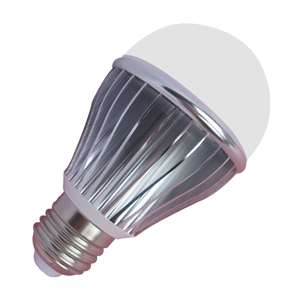 In this post Simon Johnson aka Mr February channels his inner General Westmoreland and his Vietnam flashbacks to look at National’s latest change to the New Zealand Emissions Trading Scheme (NZETS). Parliament has just (8 November) passed amendments that indefinitely defer any greenhouse gas obligations for agriculture and indefinitely discount obligations to industries.This is a ‘last helicopters off the Saigon hotel roof’ point in the sad history of the always-doomed-to-fail New Zealand Emissions Trading Scheme.
In this post Simon Johnson aka Mr February channels his inner General Westmoreland and his Vietnam flashbacks to look at National’s latest change to the New Zealand Emissions Trading Scheme (NZETS). Parliament has just (8 November) passed amendments that indefinitely defer any greenhouse gas obligations for agriculture and indefinitely discount obligations to industries.This is a ‘last helicopters off the Saigon hotel roof’ point in the sad history of the always-doomed-to-fail New Zealand Emissions Trading Scheme.
According to cultural folklore the humiliating end of American engagement in the Vietnam war was foreshadowed by graffiti;
Will the last person out of the tunnel please turn out the light?
Or perhaps:
Would the last Marine to leave Vietnam please turn out the light at the end of the tunnel?
This was in frank contrast to the early (with hindsight, unjustified) optimism of General Westmoreland, who had said in 1968 that he could see the light at the end of the tunnel of the war in Vietnam.
So why am I writing about graffiti from a war that ended 37 years ago? Well, to make a ‘bonkers’ analogy with the New Zealand Emissions Trading Scheme, of course! Getting the NZETS established was of course more or less a civil war, and when the Labour Government in its final days in office in late 2008 finally coalesced a coalition of compromise to pass the Climate Change Response (Emissions Trading) Amendment Act 2008, it seemed there was ‘light at the end of the tunnel’ in terms of reducing GHG emissions.
However, with the adoption last Thursday afternoon (8 November) of National’s latest emitter-inspired fiddle; the Climate Change Response (Emissions Trading and Other Matters) Amendment Act, I believe we can now just be honest with ourselves and see the latest amendments to the NZETS as the last helicopter off the hotel roof and the last act of the NZ emissions trading approach, which was futile from the beginning.

 In which Mr February (aka Simon Johnson) looks at the uselessness of the report of the Finance and Expenditure Committee on the Climate Change Response (Emissions Trading and Other Matters) Amendment Bill, people begging on Lambton Quay in Wellington, and the fact that the spot price for a tonne of carbon dioxide is the same as for a flat white.
In which Mr February (aka Simon Johnson) looks at the uselessness of the report of the Finance and Expenditure Committee on the Climate Change Response (Emissions Trading and Other Matters) Amendment Bill, people begging on Lambton Quay in Wellington, and the fact that the spot price for a tonne of carbon dioxide is the same as for a flat white. Simon Johnson argues that Rio Tinto Alcan NZ (NZ Aluminium Smelters Ltd), the owner of the Tiwai Point aluminium smelter is “Godfathering” the smelter, its workforce, the Southland economy, the NZ electricity market, Meridan Energy and the poor critically endangered slow-breeding kakapo, as well as “Godfathering” the NZ emissions trading scheme to get excessive free allocations of emissions units.
Simon Johnson argues that Rio Tinto Alcan NZ (NZ Aluminium Smelters Ltd), the owner of the Tiwai Point aluminium smelter is “Godfathering” the smelter, its workforce, the Southland economy, the NZ electricity market, Meridan Energy and the poor critically endangered slow-breeding kakapo, as well as “Godfathering” the NZ emissions trading scheme to get excessive free allocations of emissions units. I see Canterbury University economist Eric Crampton politely
I see Canterbury University economist Eric Crampton politely  Simon Johnson looks at the Government’s amendments to the New Zealand Emissions Trading Scheme and concludes we are arguing about what gear to drive in as we speed towards the cliff. The Government has kindly given us the opportunity to make a submission about how fast fast we should go over the emissions cliff. Time to fasten your seatbelts.
Simon Johnson looks at the Government’s amendments to the New Zealand Emissions Trading Scheme and concludes we are arguing about what gear to drive in as we speed towards the cliff. The Government has kindly given us the opportunity to make a submission about how fast fast we should go over the emissions cliff. Time to fasten your seatbelts.